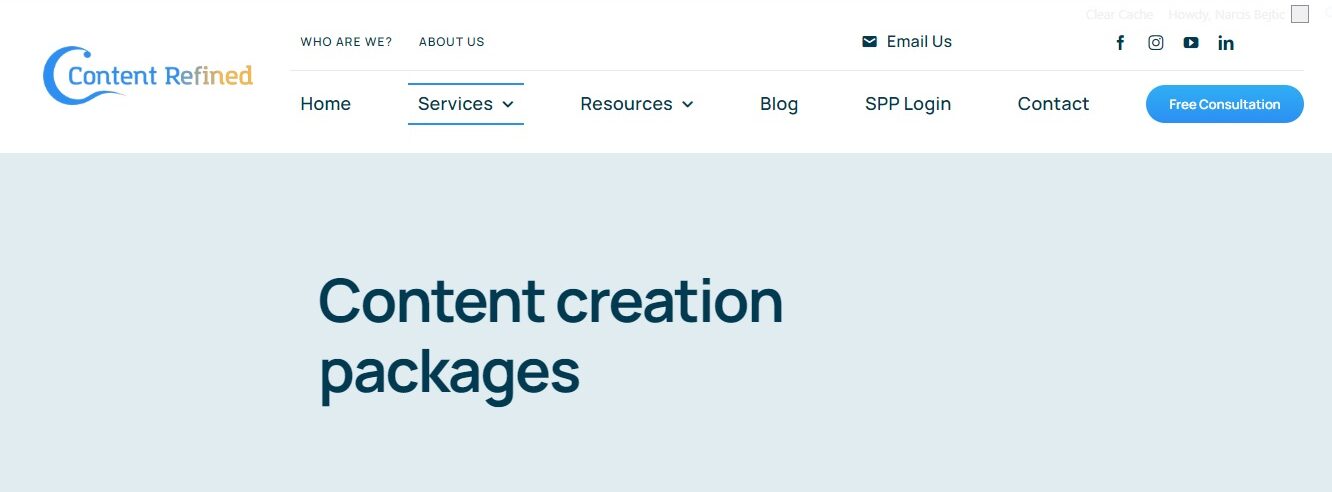Looking to create your own online presence? Web publishing is used for a variety of applications. It can be used to expand your business’s presence on the web, e-commerce, brand promotion, self-promotion, personal blogs, or community/group websites. The best thing about publishing on the internet is that the possibilities are limitless in terms of the design and what you can post.
The biggest thing about web publishing is that even though it is easy to do for a website, there are components that need to be considered. Websites need to have fast loading speed, as potential customers will not wait for a slow page to load. This is where there may be a greater learning curve.
If you want to draw a lot of visitors, you will not only need to create content on a regular basis, but it also needs to be engaging content. It should be something your client base will want to read and, moreover, share.
Whenever possible, try to create evergreen content. This will have people repeatedly coming back because it is always relevant.
All content should be optimized for keywords and SEO. You want the web crawlers to not only crawl your site, but you also want to rank ideally on the first page on every search engine. This will enable people to find you as your company will be the first they seek.
What Is Web Publishing?

Web publishing (also known as online publishing) involves an individual or team publishing and posting original content on the internet. It involves creating/uploading websites, posting content, and updating web pages. Web publishing itself comprises business, personal, and community websites. It can also include blogs, vlogs, and e-books.
When it comes to web content, there are many things that people can do on a site. Content can include videos, podcasts, text, digital images, digital downloads, art, and other types of media. To publish web content, you need a web server, internet connection, and web publishing software/online platform.
A publisher will require three things when it comes to publishing content:
- Web server that hosts the site
- Web development software/platform
- Internet connection
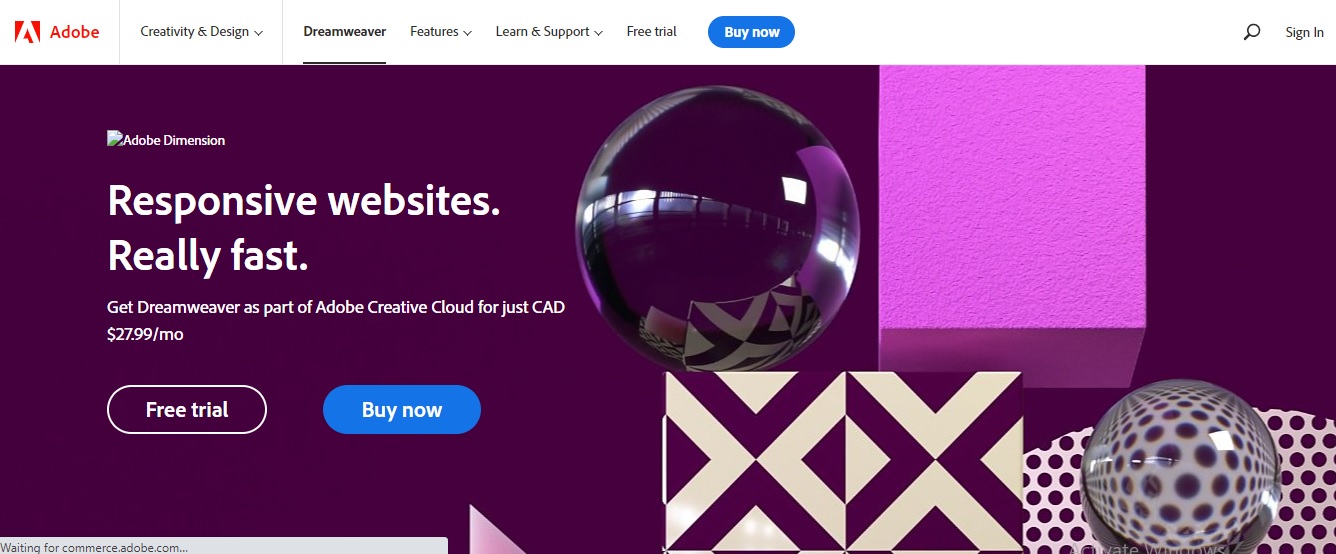
Web software can be a professional design application like Adobe Dreamweaver, or an easy-to-use web-based CMS (content management system) like Drupal,Joomla, or WordPress. Internet connections are necessary so content can be posted and published to the web server.

Major sites may, and in some cases should, use a dedicated server to host the site. Some smaller sites can be on shared servers, which have various websites. Larger sites should reside on a dedicated server, otherwise they will be too slow or will take up large amounts of shared resources.
Web publishing is very affordable as it doesn’t require any physical components to publish content. Most costs associated with web publishing include purchasing software, images, and a hosting site. While there may be costs associated with it, often people can get away with free sites depending on their application.
What Is a Web Publisher?
Web publishers are responsible for creating, curating, and implementing online content for a company. Web publishers may work on content for the company’s site, social media outlets, or several e-commerce pages.
It is their responsibility to develop a strong online presence that appeals to business clients or readers with an ultimate objective of growing the audience and generating income. Specific duties will vary based on the type of position.
Generally, it includes editing, writing, and publishing online content using a CMS. They are responsible for generating an enjoyable experience for visitors using programming language, managing publishing requests from a content team, ensuring there is brand compliance across all online channels, and delivering content on digital projects.
How Does Web Publishing Work?

Web publishing is quite simple depending on the platform you are using. The steps involved are:
- Find a quality hosting site. Cheaper is not necessarily better as it can be slower. Do your research to ensure you don’t get frustrated in the end.
- Once the site is created, quality content can be published. This is done in several states. First, select the topic you are posting about. Make sure it is something that will resonate with your audience.
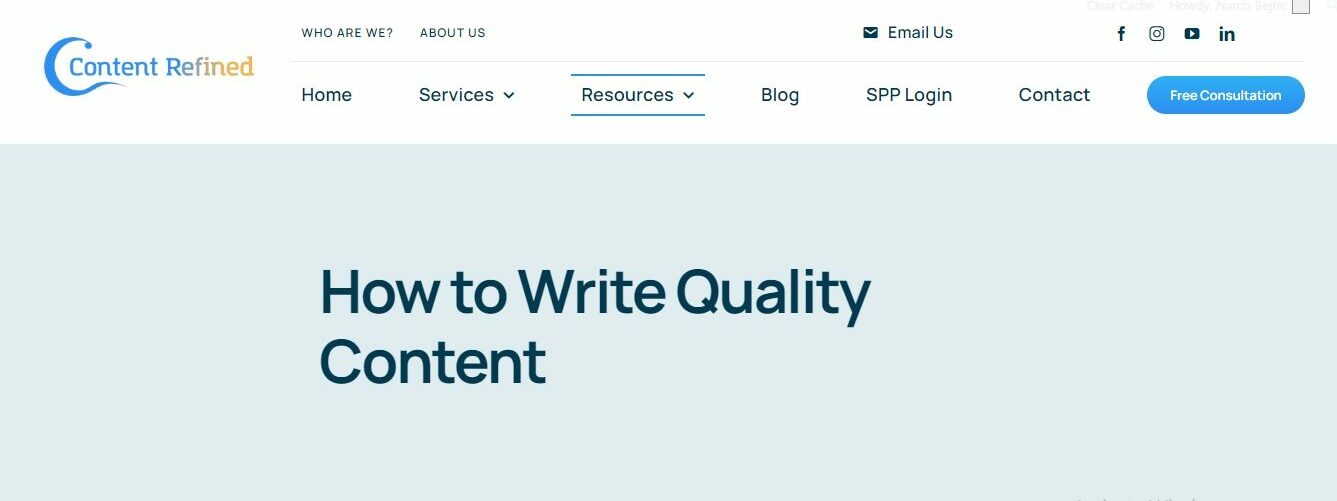
3. Select the tone. Is your desire to entertain, inform, or educate? When creating content, it should be memorable and engaging. You want it to be shared with others. This allows you to reach more people.
4. After content is written, it needs to be edited. Content should not only be edited for grammar and spelling, but also for style. It should have a natural flow and not be choppy or confusing. The best content is clear and concise.
5. Next, content should be optimized. It will need to contain keywords for search engines to pick it up, making your content easy to discover. Furthermore, it needs to rank high in search engine visibility. People can’t come.to your site if they can’t find you or must hunt for your business.
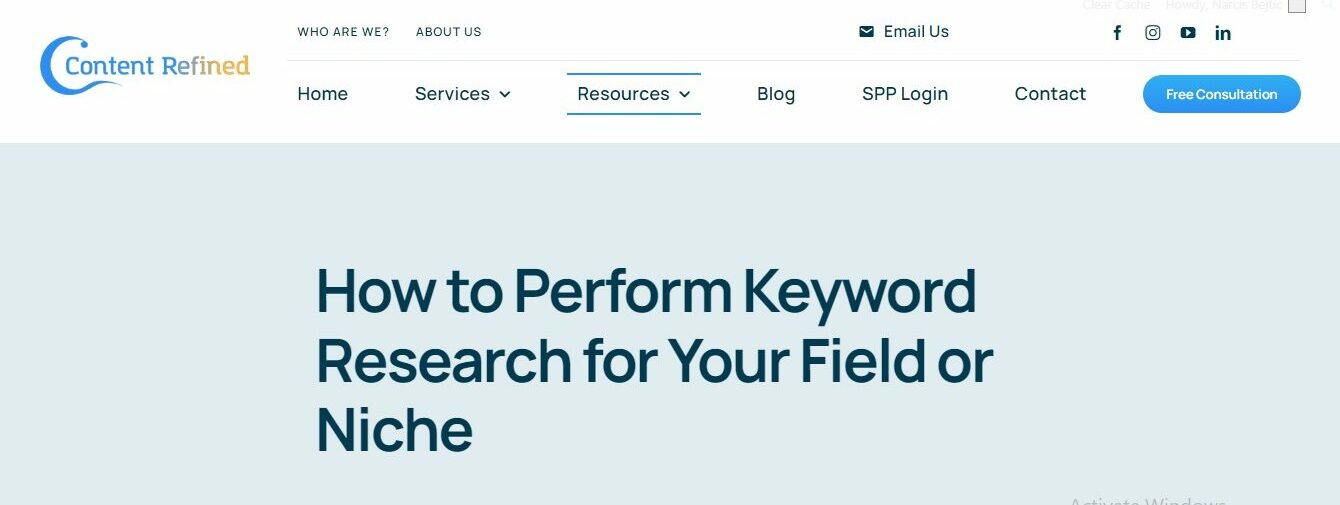
6. Once all of this is done, it can be uploaded to the site. Then, items can be added to it and published for people to view.
Benefits of Web Publishing
Anyone that can fulfill the requirements listed above can be a web publisher. Also, web publishing can bring limitless global visitors as they can easily access published content. The benefits of publishing on the web have opened a new era regarding personal publishing which was never conceivable in previous decades.
Blog and e-book publishers use the same tools that web publishers use. Those who don’t have the required skills may often solicit the help of professional web publishers or organizations to maintain, host, and modify websites, blogs, or e-books.
To further expand your reach, many people and companies post regular updates using social media sites like LinkedIn, Twitter, Facebook, YouTube, TikTok, etc. While it is not the same as web publishing, it is a necessary activity to reach new and existing customers with your branding.
In short, the advantages are:
- Interactive features for an engaging experience
- Low cost
- Wide reach
- Content is dynamic and can be read across devices
- Opens sustainable revenue channels via ecommerce and advertising efforts
Disadvantages of Web Publishing
As with most things, there are some downsides to web publishing. The internet can expose any business to PR issues. This is especially true when it comes to customer comments and recommendations. Some companies have experienced smear campaigns online and in social media.
There is also a risk with a loss of copyrighted and proprietary information. The backend of a site can be hacked by people trying to gain entrance to your system. For companies that have prided themselves on the personal touch over the years, loyal customers may perceive this as a negative touch.
Is There a Difference Between Web Publishing and Web Hosting?
Often, these two terms are used interchangeably. Yet, they are two very different things. Web hosting is an internet hosting site that permits people to upload their websites through their porthole using the internet.
On the simplest level, it provides a space for the website on its web server, allowing data and files to be stored. This is the best way to increase the growth of a business.
On the other hand, web publishing is a process of designing a website and uploading it to a server. Published content, as mentioned, includes videos, images, media, and text. The goal is to promote brand and company awareness and to facilitate communication. This is done by adding context using emotion, space, and style. It is also referred to as online publishing.
Side-by-Side Comparison of Web Publishing and Web Hosting
| Web Publishing | Web Hosting |
| Process of uploading/publishing original posts/pages to a site. | Uses server to host a website. |
| Allows beginners and experts to customize a website depending on the platform selected. | Permits advanced levels of customization. |
| Process includes updating site, uploading files, blog posts, content posts, etc. | Generates space in a server to store a website to be viewed online. |
| Allows customers to view site on your domain. | Contains internet space for a website. |
| Limited to WordPress/NYU-approved plugins and themes. | Permits one-click installations plus customization of self-hosted, Scalar, Omeka, and WordPress sites. |
| Provides templated themes for website development. | Doesn’t contain any templates. |
| Communicates concepts and ideas between individuals. | Provides storage for applications or websites on a server attached to the internet. Other computers can access it. |
| Has colorful designs, images, and texts for a lower cost. | Allows a company to store their website online, provides data management/tech support and more security. |
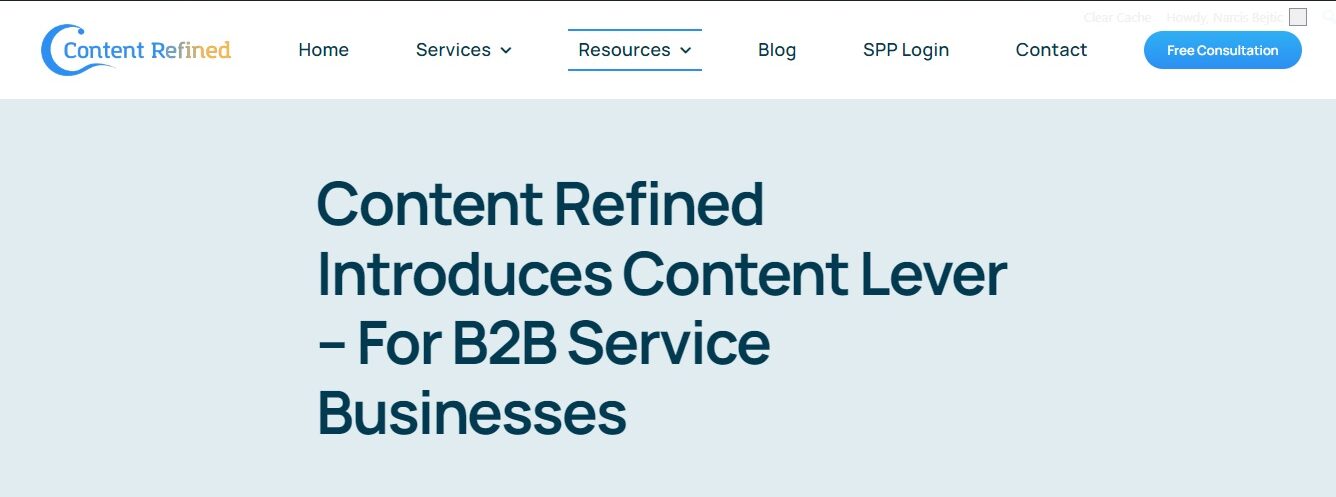
When it comes to web publishing, some companies have chosen to hire a content manager to produce relevant content. Content Refined is equipped with a team of writers and editors that can produce quality content, which saves your company the time and hassle of generating it yourself. This makes things more efficient and easier for your company.
